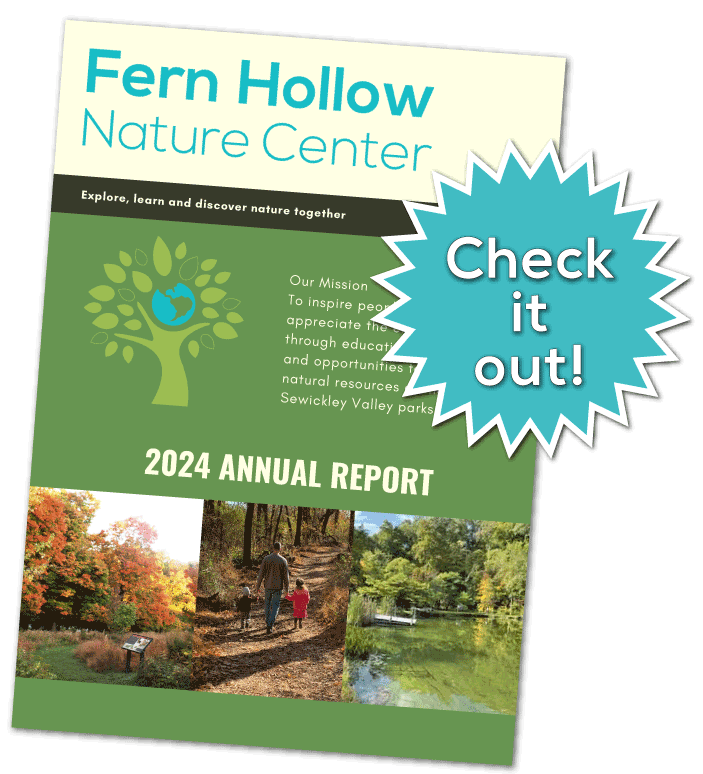Grow your own
Northeast native wildflower blend!
US Native Perennials and Annuals are vibrant, beautiful flowers with pollinator value. Great for attracting bees, butterflies (includes regionally native milkweed), and hummingbirds.
These flowers are perfect for new gardeners, and kids. Plant them for native wildflower gardens, backyard habitats, and pollinator support.
The seed ball that you received at the Sewickley Memorial Day Parade contains wildflowers of the following species:
Black-Eyed Susan (Rudbeckia hirta)
White Yarrow (Achillea millefolium)
Butterfly Weed (asclepias tuberosa)
Dogtooth Daisy, (Helenium autumnale)
Smooth Blue Aster (Symphyotrichum laeve)
Panicled Aster (Symphyotrichum lanceolatum)
Plant your seed-ball by pressing it halfway into the bare soil.
Do not throw or bury it.
When to plant:
In cool climates, planting wildflower seeds in spring or early summer is ideal. Planting in summer is not recommended.
Pick an area that receives at least six hours of full sun. If possible, choose the sunniest spot in your garden to plant your wildflower seed-ball. A spot that allows for a bit of overgrowth, because wildflowers can grow quite tall, is best. Let your wildflower garden take its natural shape.
Bloom Time:
Plant your seed-ball in the spring to see immediate growth. You should start to see sprouts roughly 14-21 days after sowing your wildflower seed ball.



